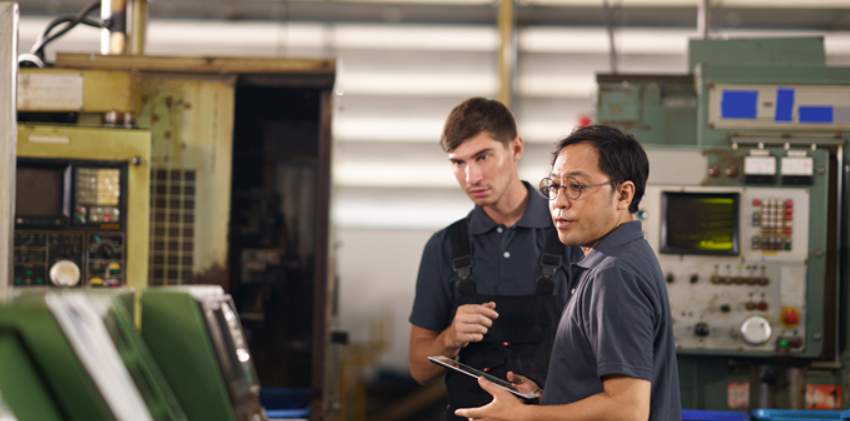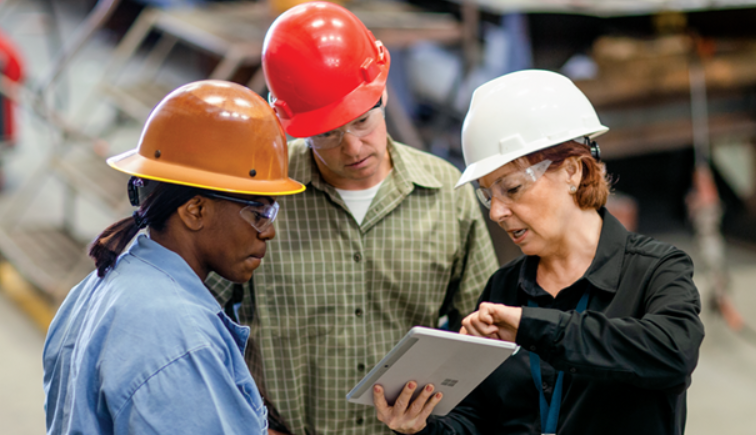Modernizing at Your Own Pace: Dell’s Hybrid Foundation for SAP BDC
Meet the Authors
Key Takeaways
Dell Technologies enables SAP customers to extend SAP Business Data Cloud capabilities across hybrid and multi-cloud environments through its APEX platform, allowing for incremental modernization without necessitating full migrations.
Dell's infrastructure solutions, including PowerScale and PowerStore, are optimized for AI and analytics workloads, enabling organizations to prepare for AI-driven business models while maintaining performance and low latency.
Automation is key for managing hybrid data platforms; Dell's Automation Platform simplifies operational management and reduces overhead.
Dell Technologies is enabling SAP customers to extend SAP Business Data Cloud (SAP BDC) capabilities across hybrid and multi-cloud environments through its APEX infrastructure platform and portfolio of storage systems. The approach addresses a common challenge: while SAP BDC promises unified data foundations for analytics and AI, most organizations still operate critical workloads on-premises with data distributed across SAP HANA, SAP Business Warehouse (BW), file stores, and various cloud applications.
SAP Business Data Cloud represents SAP’s vision for unifying SAP and non-SAP data for analytics, AI, and data-driven decision-making. The platform connects services including SAP Datasphere and SAP Analytics Cloud while integrating with open-data tools such as Databricks, enabling live access to data across enterprises. However, fully realizing this vision requires infrastructure that can bridge cloud and on-premises worlds without forcing wholesale migration or creating excessive data movement complexity.
Hybrid Infrastructure Without Compromise
Dell’s solution centers on flexible deployment options that let organizations modernize incrementally rather than following rigid cloud-first timelines. Through Dell APEX and SAP RISE integration, customers can connect data across edge, core, and cloud environments while maintaining data sovereignty, security, and performance requirements. The architecture enables organizations to extend SAP BDC functionality into hybrid and multi-cloud landscapes and keep latency-sensitive workloads on-premises.
Explore related questions
On the storage front, Dell offers multiple platforms optimized for different SAP BDC use cases. Dell PowerScale provides scale-out Network-Attached Storage (NAS) architecture with GPU-direct support, making it particularly suited for AI and analytics workloads. The PowerScale F910 configuration delivers high throughput and low latency for data-intensive scenarios involving SAP BDC and Databricks environments. For transactional and analytic SAP workloads, Dell PowerStore offers nonvolatile memory express (NVMe)-based storage optimized for performance. Dell Data Lakehouse rounds out the portfolio with open architecture that connects SAP and non-SAP data sources, enabling zero-copy access and federated analytics across hybrid deployments.
Automation Reduces Operational Overhead
Managing hybrid data platforms traditionally requires significant manual intervention across different infrastructure layers and locations. Dell Automation Platform addresses this challenge by automating provisioning, configuration, and lifecycle management activities. According to Dell, this translates to faster deployment of platform components for SAP BDC implementations, consistent performance and patching across multiple sites, and reduced manual workload for IT teams. The automation capabilities effectively serve as an operational simplification layer for hybrid data environments, freeing technical resources to focus on value-adding activities rather than routine infrastructure management.
Dell positions its infrastructure as pre-validated and SAP-optimized, designed to deliver predictable performance for business-critical workloads. The company recommends organizations start by assessing their current landscape to identify SAP and non-SAP data sources along with existing infrastructure constraints. A typical pilot might combine SAP order data with external market data for forecasting scenarios, using SAP BDC in conjunction with Databricks running on Dell infrastructure. Organizations can then expand deployments using Dell Automation Platform to manage monitoring, performance tuning, and capacity expansion as data volumes and AI workloads grow.
What This Means for SAPinsiders
SAP customers gain control over the pace of modernization. By extending SAP Business Data Cloud across hybrid landscapes, Dell empowers organizations to evolve strategically rather than reactively. IT leaders can modernize core SAP systems incrementally while taking advantage of cloud innovation through SAP BDC, avoiding the risks of all-at-once migration. This approach offers tangible financial flexibility and operational stability.
AI-ready infrastructure becomes an enterprise differentiator. Dell’s PowerStore and PowerScale solutions enable SAP customers to prepare for AI-driven business models without rearchitecting their data foundations. As more SAP workloads incorporate AI and machine learning, performance, latency, and scalability will define competitiveness. Companies that deploy hybrid AI-ready storage now will position themselves for faster time-to-value as SAP BDC and Databricks integrations mature.
Hybrid adoption requires disciplined governance and automation. SAPinsiders evaluating hybrid data solutions should prioritize integration consistency, data governance frameworks, and automation readiness. Dell’s Automation Platform provides a practical example of how hybrid management can reduce operational overhead while maintaining SAP compliance standards. Successful adopters will treat hybrid integration as a continuous process rather than a one-time project.






